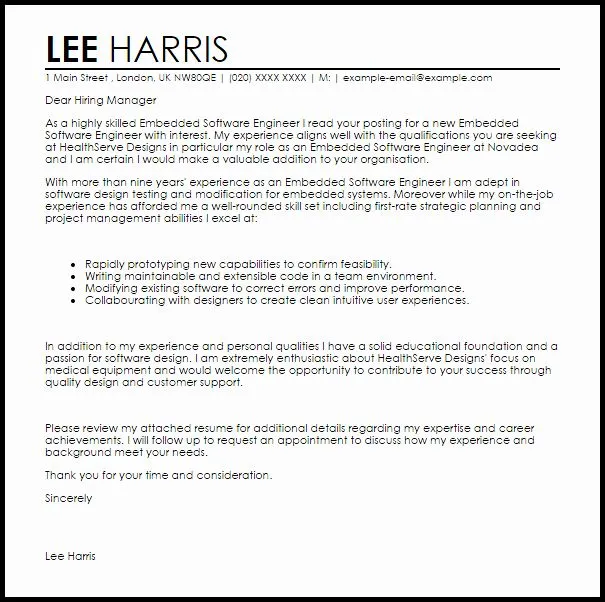Understand the Software Engineer Internship Landscape
Landing a software engineer internship is a crucial step for aspiring tech professionals. It provides invaluable hands-on experience, allowing you to apply classroom knowledge in a real-world setting. Understanding the internship landscape involves recognizing the competitive nature of the field and the diverse opportunities available. The landscape is shaped by the demand for skilled software engineers, driven by technological advancements across industries. Internships are offered by tech giants, startups, and everything in between, each with different requirements and application processes. Knowing the landscape helps you focus your efforts and tailor your approach for success. A well-crafted cover letter plays a pivotal role in showcasing your potential and differentiating you from the competition.
Research Companies and Opportunities
Thorough research is fundamental to a successful internship search. This involves identifying companies that align with your interests and career goals, understanding their values, and researching available internship programs. It is not enough to apply to any company; you must target companies that resonate with your aspirations. This proactive approach allows you to tailor your cover letter and resume to meet specific requirements and demonstrate genuine interest. Many companies have a dedicated careers section where you can find internship openings, information about their culture, and the technologies they use. Make use of resources like LinkedIn, Glassdoor, and company websites to gather as much information as possible.
Identify Your Target Companies
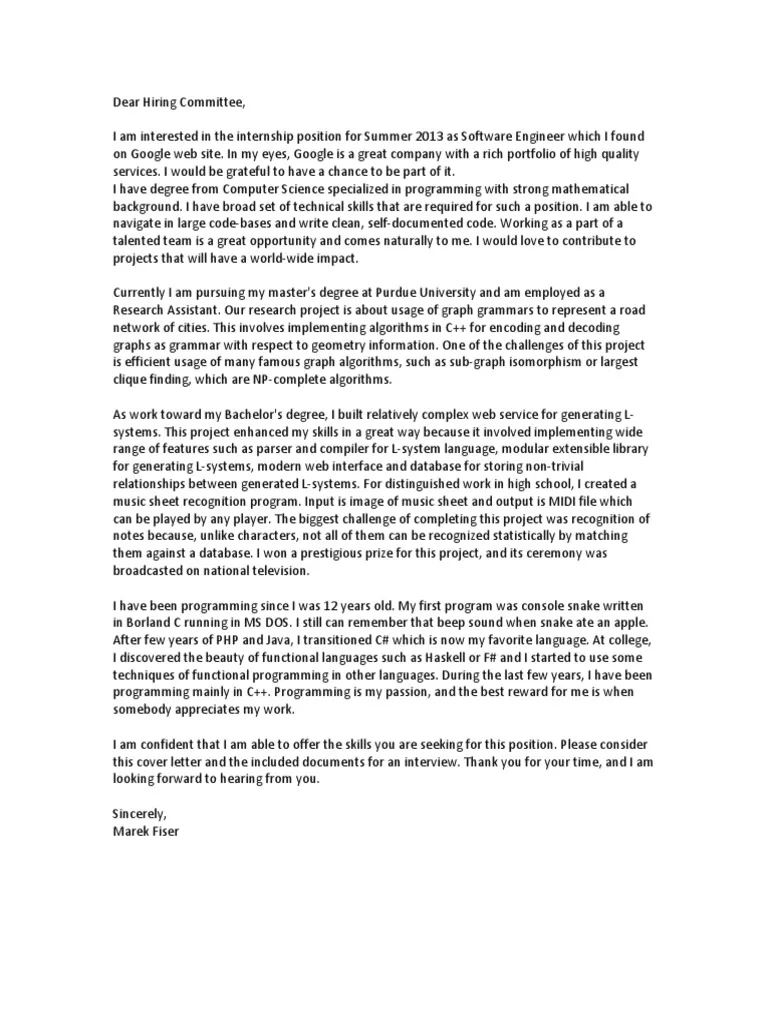
Before starting your cover letter, create a list of target companies. This list should include companies whose missions align with your interests. Consider the industry, the technologies they use, and the company culture. This step will guide your research and help you tailor your applications. Prioritize companies based on your skills, location preferences, and the potential for learning and growth. Make sure to have a diverse set of companies on your list, including some that might be considered ‘reach’ companies and others that are more realistic targets. This strategic approach increases your chances of securing an internship.
Explore Internship Websites and Platforms
Numerous online platforms and websites are dedicated to connecting students with internship opportunities. Explore these platforms to find the latest openings, filter by location, and browse internships that match your skill set. Websites like LinkedIn, Indeed, and Glassdoor offer job boards and allow you to apply directly. University career services departments and alumni networks are also valuable resources. Some platforms offer company reviews, salary information, and insights into the application process, helping you make informed decisions. Be sure to set up alerts to receive notifications about new opportunities, and regularly check these platforms for the latest updates.
Crafting a Compelling Cover Letter
Your cover letter is your first introduction to potential employers. It’s your chance to make a strong first impression and highlight your relevant skills and enthusiasm. A well-crafted cover letter should be personalized, concise, and showcase your personality. This guide breaks down the key components of a compelling cover letter. Always remember to tailor your cover letter to each position you apply for. Generic cover letters often get overlooked; a personalized approach increases your chances of getting noticed and securing an interview. Focus on what you can offer the company, not just what you are looking for.
Header and Contact Information
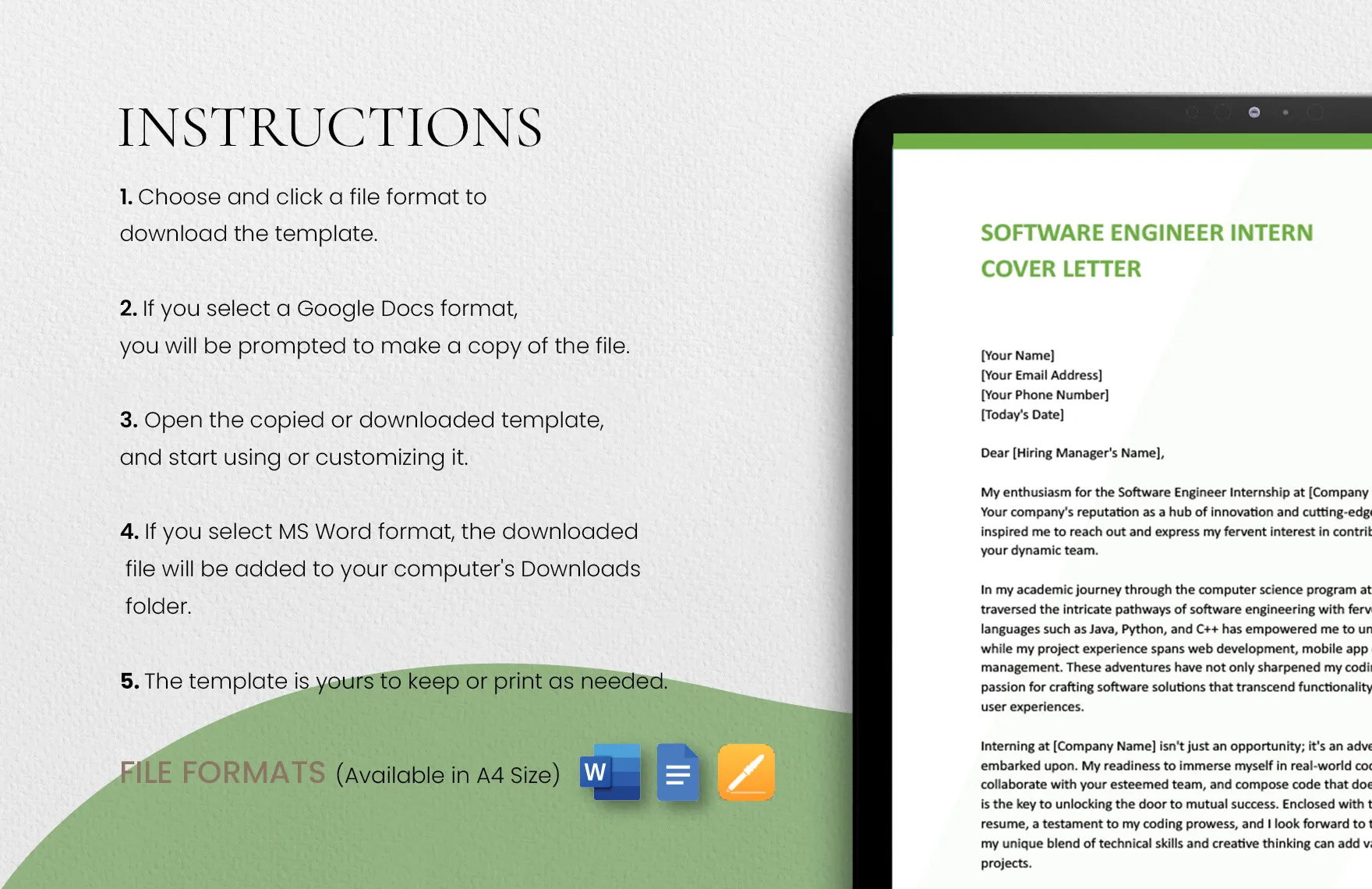
Start your cover letter with a professional header that includes your full name, contact information, and the date. Make sure your email address and phone number are professional. Include your LinkedIn profile URL if you have one, as it’s an easy way for the recruiter to learn more about your experience. Your header should be well-formatted, clean, and easy to read. The header ensures the recruiter can quickly reach you if they are interested in your application. This small detail sets the tone for the rest of the letter, emphasizing your attention to detail and professionalism. Make sure your contact information is up-to-date and accurate to avoid any delays in communication.
Professional Greeting
Addressing your cover letter to the correct person is crucial. Research the hiring manager’s name or the recruiter’s name. If you can’t find a specific name, use a professional greeting such as “Dear Hiring Manager” or “Dear [Company Name] Team.” Avoid generic greetings like “To Whom It May Concern,” which can make your application feel impersonal. Always double-check the spelling of the recipient’s name. A personalized greeting shows you’ve taken the time to research the company and the position. It makes your cover letter feel less generic and increases the likelihood of making a positive first impression.
Writing the Opening Paragraph
Your opening paragraph should grab the reader’s attention and state your purpose clearly. Mention the specific position you are applying for and how you found the opportunity. Briefly introduce yourself and express your enthusiasm for the company and the internship. State your most impressive skill or achievement. The opening paragraph sets the tone for the entire letter. It should be concise and compelling. Consider starting with a strong statement that highlights your passion for software engineering or mentions something that caught your attention about the company. Make sure it’s a hook that makes the reader want to continue reading your letter.
Highlighting Relevant Skills and Experience
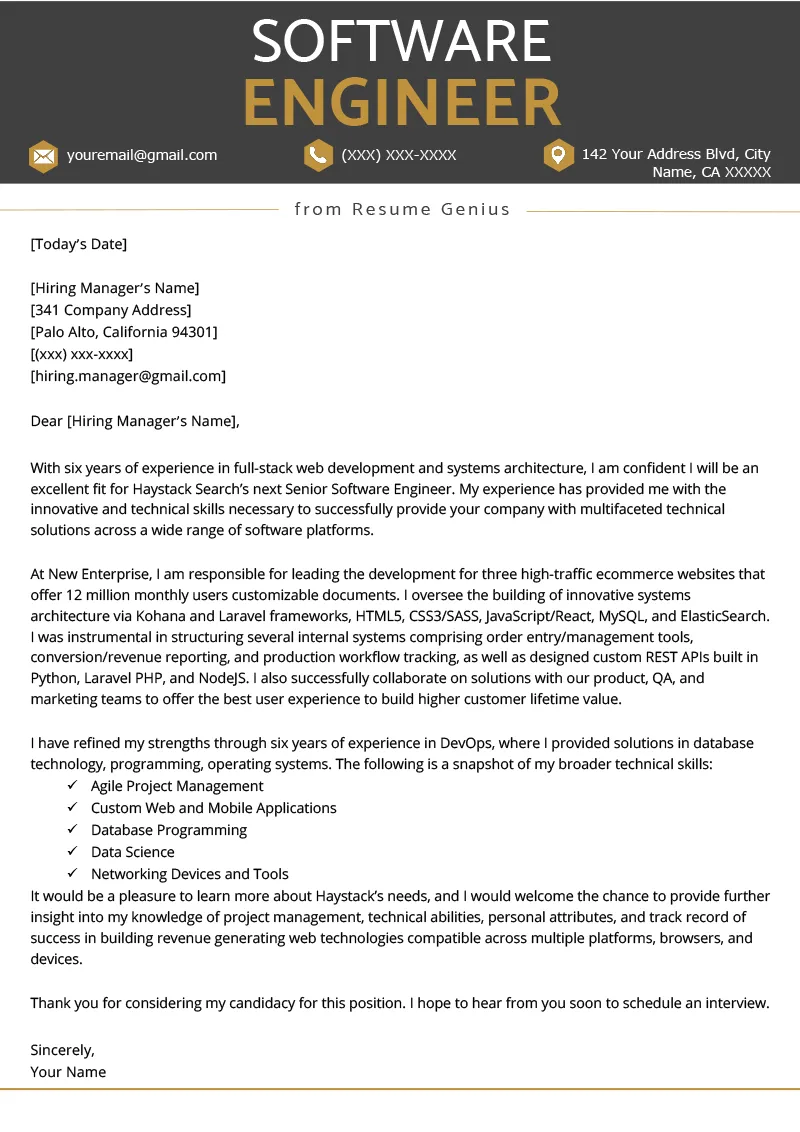
The main body of your cover letter should highlight your skills and experience relevant to the internship. Focus on the skills and experiences listed in the job description. Explain how your skills align with the company’s needs. Use specific examples and quantifiable results to demonstrate your abilities. If you lack extensive work experience, emphasize relevant coursework, personal projects, or contributions to open-source projects. This section is your opportunity to showcase what makes you a strong candidate. It’s where you prove that you can deliver value to the company. Use action verbs to describe your accomplishments. Make sure your cover letter is not a rehash of your resume; rather, it should expand on the experiences mentioned there.
Quantify Your Achievements
Whenever possible, quantify your achievements to make them more impactful. Use numbers and metrics to show the scope and results of your work. Did you contribute to a project that improved efficiency? Did you complete a project ahead of schedule? Providing specific data makes your claims more believable and illustrates your impact. For example, instead of saying “Improved website performance,” say “Improved website loading speed by 20% through code optimization.” Quantifying your achievements demonstrates your ability to deliver results and your understanding of how your work contributes to the company’s success. The more specific you are, the stronger your cover letter will be.
Demonstrate Your Passion for Tech
Show your enthusiasm for the tech industry and your specific area of interest. Mention any personal projects, technologies you’re passionate about, or events you attend. Your passion for technology is what sets you apart from the competition. Mention any hackathons you’ve participated in, online courses you’ve completed, or books you’ve read on relevant subjects. Explain how you stay updated with the latest industry trends. This also demonstrates that you are eager to learn and grow. Your passion will show recruiters that you are genuinely interested in the opportunity and committed to a career in software engineering.
Explaining Your Interest in the Company
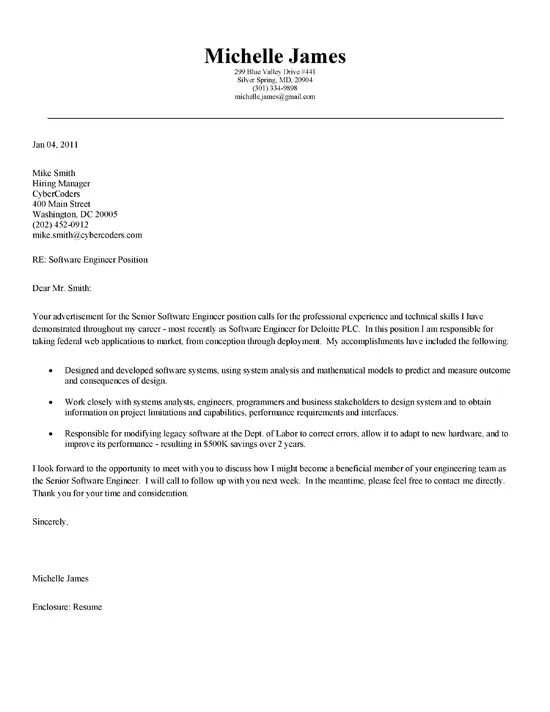
Explain why you want to work for the specific company. Show that you’ve done your research and understand their mission, values, and products. Explain what excites you about the company’s work and how your skills align with their goals. Mention any specific projects or initiatives that resonate with you. This demonstrates your genuine interest and shows that you’re not just sending a generic application. The more tailored your letter is, the better your chances of getting noticed. This is where you demonstrate that you are not just applying for any job; you are applying for this specific opportunity.
Call to Action and Closing
Your closing paragraph should include a call to action and express your gratitude for the reader’s time. Reiterate your interest in the position and your enthusiasm for the opportunity. Express your availability for an interview and provide your contact information one last time. Thank the reader for their consideration. A strong closing paragraph leaves the reader with a positive impression. Make sure it is concise and professional. Ending on a positive note makes you seem confident and eager for the next steps in the application process.
Formatting and Proofreading Your Cover Letter
Proper formatting and meticulous proofreading are essential for a professional cover letter. Errors and poor formatting can undermine your credibility. Ensure your cover letter is easy to read, well-organized, and free of any errors. A polished cover letter shows you pay attention to detail and take pride in your work. Always proofread your cover letter multiple times. Ask a friend or mentor to review it before submitting it. A well-formatted and error-free cover letter increases your chances of making a positive impression on the hiring manager.
Choose a Professional Font
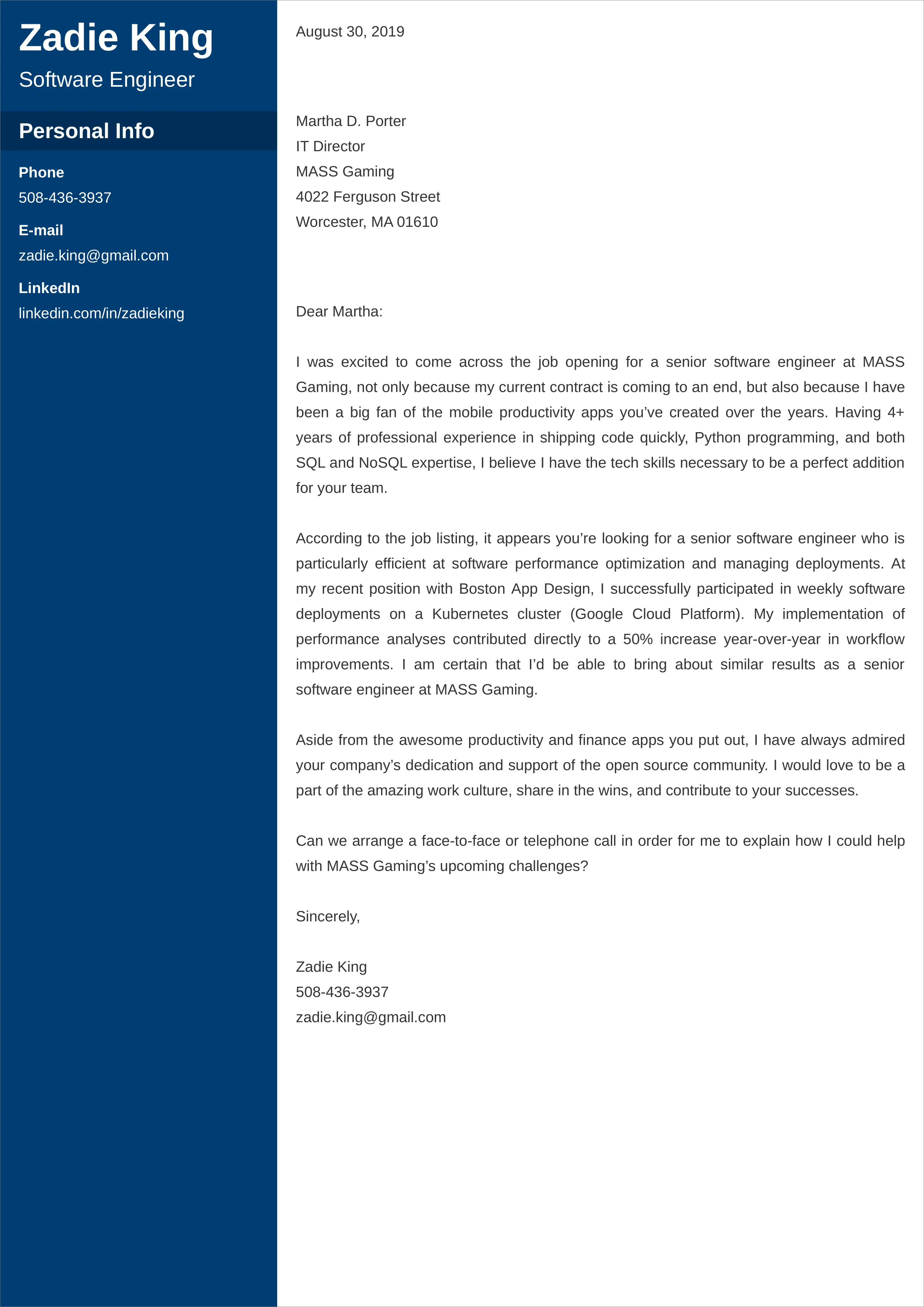
Choose a clear, professional font such as Arial, Times New Roman, or Calibri. Stick to a standard font size (11 or 12 points) for easy readability. Ensure consistent formatting throughout the document, including the use of appropriate spacing and alignment. Avoid using decorative or unusual fonts, as they can be distracting and difficult to read. A professional font choice shows you are serious about the application. Use a font that is easy on the eyes and reflects the company’s culture. Your font choice should align with the overall design and tone of your application.
Proofread for Errors
Proofread your cover letter multiple times for any typos, grammatical errors, or inconsistencies. Use a spell checker and grammar checker, but don’t rely on them entirely. Ask a friend, family member, or mentor to review your cover letter. They can catch mistakes you might have missed. Proofreading ensures your cover letter is polished and presents you in the best possible light. A simple error can raise questions about your attention to detail. Always take the time to ensure your cover letter is perfect before submitting it.
Tailoring Your Cover Letter for Each Application
One of the most crucial aspects of a successful cover letter is tailoring it to each specific job. Generic cover letters are easily identifiable and often disregarded. Customize each cover letter to align with the job description and the company’s values. This personalization demonstrates that you have researched the company and are genuinely interested in the role. Make sure to highlight the skills and experiences that are most relevant to each specific position. This targeted approach significantly increases your chances of securing an interview and landing an internship. This personalized touch is what distinguishes you from other applicants.
Customizing Your Letter
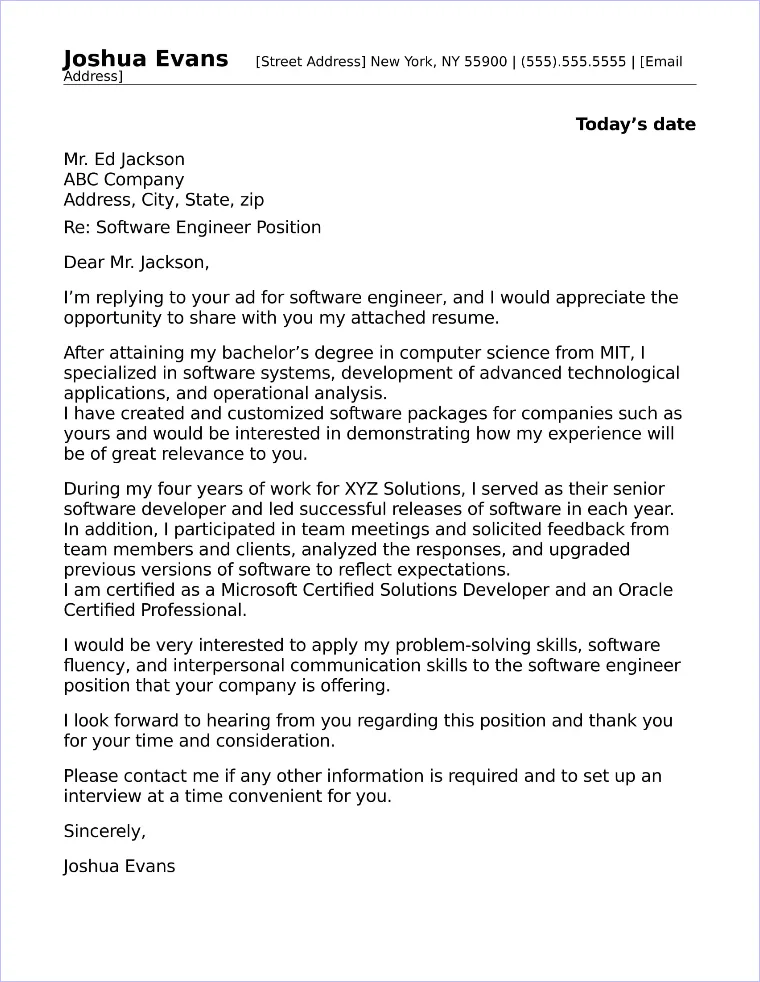
Customize your cover letter by incorporating keywords from the job description. Research the company and understand its mission and values. Explain how your skills and experience align with the job requirements and the company’s goals. Mention any specific projects or initiatives that resonate with you. By personalizing your cover letter, you show that you are genuinely interested in the opportunity and committed to the company’s success. Customizing your letter sets you apart from other applicants, and helps you stand out. Tailoring the letter to specific roles demonstrates your initiative.
Using Keywords
Incorporate relevant keywords from the job description into your cover letter. This helps your application get noticed by applicant tracking systems (ATS) and recruiters. Read the job description carefully and identify the key skills and requirements. Use these keywords naturally throughout your cover letter. Using keywords ensures that your application is optimized for the hiring process. However, avoid keyword stuffing. Instead, integrate the keywords naturally within the context of your skills and experiences. This will help your application pass the initial screening.
Following Up on Your Application
After submitting your application, follow up to express your interest and ensure your application was received. This shows your enthusiasm and initiative. A well-timed follow-up can increase your chances of getting an interview. The following steps are crucial to securing the internship. Knowing how to do them appropriately will help you stand out from other candidates.
Sending a Thank-You Note
Send a thank-you note within 24 hours of your interview or after any significant communication. Reiterate your interest in the position and express your gratitude for the opportunity. Highlight specific points from the interview and mention how your skills align with the company’s needs. A thank-you note can reinforce your interest and leave a positive lasting impression. Personalize the thank-you note. Tailor it to the specific conversation and the people you interacted with. This extra step makes you stand out.
Preparing for Interviews
Once you get an interview, thorough preparation is key to success. Research the company, the interviewers, and the position. Anticipate potential questions and prepare your answers. Practice answering common interview questions, such as “Tell me about yourself,” and “Why are you interested in this internship?” Prepare examples of your past experiences using the STAR method (Situation, Task, Action, Result). Prepare questions to ask the interviewer. Your questions demonstrate your interest and help you learn more about the company. This is a key factor in the process. The interview is your chance to demonstrate your knowledge and skills. It is also a good time to show your personality.
